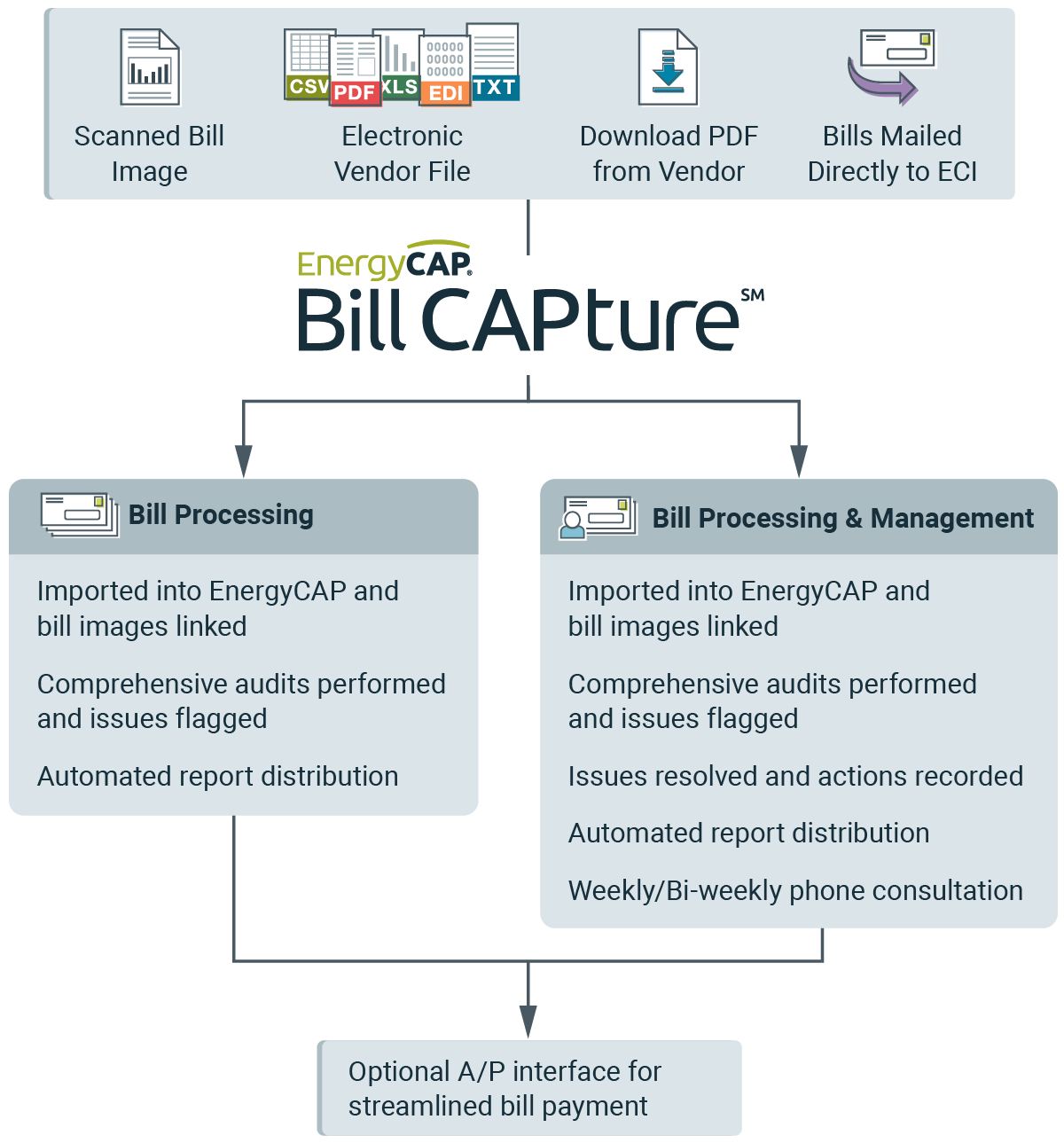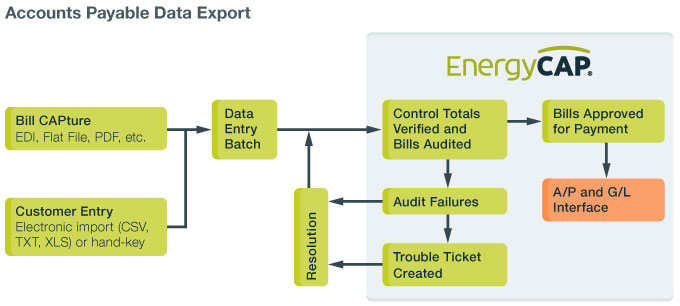 High School Musical, released by The Disney Channel in 2006, was a huge success, nationally and in my household. The musical, which introduced the world to now mega-stars Zac Efron, Vanessa Hudgens, and Ashley Tisdale,
High School Musical, released by The Disney Channel in 2006, was a huge success, nationally and in my household. The musical, which introduced the world to now mega-stars Zac Efron, Vanessa Hudgens, and Ashley Tisdale,
had many comic and poignant moments, but what has stuck in my head is the movie’s closing number, We’re All In This Together.
Performed by the entire student body, the song emphasizes the importance of acceptance and working together for a common good, and the value that each individual brings to that effort. That melody often comes back to me when I’m participating in a family activity that has been labeled undesirable by at least one of our four family members. It was also the first thing that popped into my head when pondering energy management challenges common in decentralized institutions. Could yours be one of them?
Over the 14+ years that I’ve been marketing and selling utility bill & energy management software, I have been part of many, many conversations with an organization’s energy manager, facilities manager, controller, or sustainability manager. What has struck me, however, is how rarely these individuals are represented in the same room or even the same conversation. All too often, the disciplines appear to operate in isolation, with their own set of objectives and disparate workflows.
That’s unfortunate because the benefits can be tremendous when representatives from facilities management, energy management, sustainability, and accounting work together to meet common and agreed-upon objectives. A team approach can simultaneously facilitate energy conservation, process efficiency, workplace comfort, and cost control. Here’s a suggested path:
Cue Up the Theme Music!
Step One: Identify the team. Take the time to seek out stakeholders and other potential allies, and then invite those co-workers to join you in pursuit of organizational and environmental bliss.
Step Two: Get some face time. Steve Jobs once stated, “There’s a temptation in our networked age to think that ideas can be developed by email and iChat. That’s crazy.” Research conducted at MIT’s Human Dynamics laboratory backed up Mr. Jobs by finding that “the ‘most valuable form of communication is face-to-face.’”
Step Three: Agree on team dynamics. MIT’s research, per the same FastCompany.com article, found that the following traits are common among high-performing teams:[1]
- Every member of the team is expected to talk and listen.
- Team members interact in-person as much as possible. Email and text are the least effective communication methods.
- Interactions should take place among all team members, not just through the team leader.
- Conversations outside of scheduled meetings are highly encouraged.
- Seeking information from outside resources is valued.
Step Four : Establish roles and responsibilities. Understand what each member brings to the table and match abilities with responsibilities.[2]
Step Five: Agree on objectives – short- and long-term. Team buy-in is vital for long-term success. If you’ve struggled with this in the past, perhaps our upcoming webinar can provide some tips for getting your “yes” on the next big energy project.
Step Six: Get started. Your undertaking is important, and the entire organization will benefit from your efforts. So don’t wait for other priorities or projects to steal your momentum.
If you’ve been “going it alone,” perhaps these ideas can offer practical assistance as you reach out to form a high-performance team of your own.
Time for a Production Number
In the context of energy management, it’s important to remember that our EnergyCAP software truly is an enterprise application, offering not only utility bill and energy management benefits but also more effective facilities management, sustainability project evaluation and reporting, improved accounting workflow, and more. The images below, for example, illustrate how EnergyCAP, when combined with our Bill CAPture service, can eliminate the tedious, distracting, and time-consuming task of utility bill data entry, auditing, and payment approval, providing real value for multiple stakeholders and departments.


Streamlining the utility bill processing workflow with EnergyCAP eliminates manual – and often redundant – data entry, identifies potential billing errors or billing-related issues before the bills are paid, reduces paper consumption, and helps to ensure that bills are paid on time. But the benefits would be unrealized if the Accounting Department weren’t part of the UBM planning, search, and evaluation team. Add the sustainability manager and an organizational communications representative to the team, and you’re likely to implement a solution that is fiscally responsible and environmentally friendly—and every employee will know about, and benefit from, your highly successful team effort.
So take a step back and look at the bigger picture. Think about how UBM software could benefit your entire organization, rather than just your department. Then assemble your team and get to work. And if you ever notice that team members are getting distracted or production is slowing, start the next team meeting with a rousing chorus of We’re All In This Together. It’ll make you smile every time.
{{cta(‘b0bde3ca-6bb6-461a-8415-58ddebf09332’)}}
[1] Ethan Hale, “The 6 Group Dynamics of High-Performing Teams,”
http://www.fastcompany.com/1842891/6-group-dynamics-high-performing-teams (July 17, 2012).
[1] Michael Cardus, “10 Dynamics of High Performance Teams,” http://create-learning.com/team-building/10-team-dynamics-that-all-great-teams-share (November 10, 2014).
 Best-in-class portfolio-level energy and utility bill data management and reporting.
Best-in-class portfolio-level energy and utility bill data management and reporting.
 Real-time energy and sustainability analytics for high-performance, net-zero buildings.
Real-time energy and sustainability analytics for high-performance, net-zero buildings.
 A holistic view of financial-grade scope 1, 2, and 3 carbon emissions data across your entire business.
A holistic view of financial-grade scope 1, 2, and 3 carbon emissions data across your entire business.
 Energy and sustainability benchmarking compliance software designed for utilities.
Energy and sustainability benchmarking compliance software designed for utilities.
 High School Musical, released by The Disney Channel in 2006, was a huge success, nationally and in my household. The musical, which introduced the world to now mega-stars Zac Efron, Vanessa Hudgens, and Ashley Tisdale,
High School Musical, released by The Disney Channel in 2006, was a huge success, nationally and in my household. The musical, which introduced the world to now mega-stars Zac Efron, Vanessa Hudgens, and Ashley Tisdale, 



